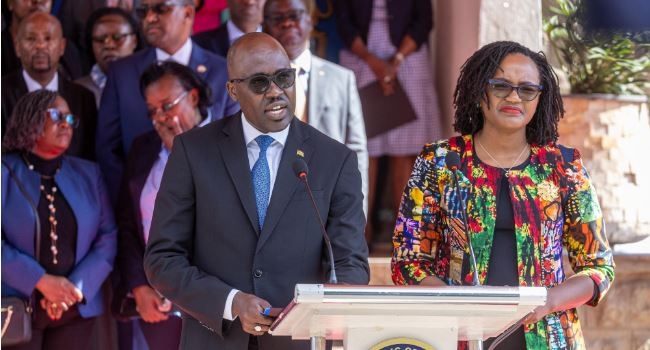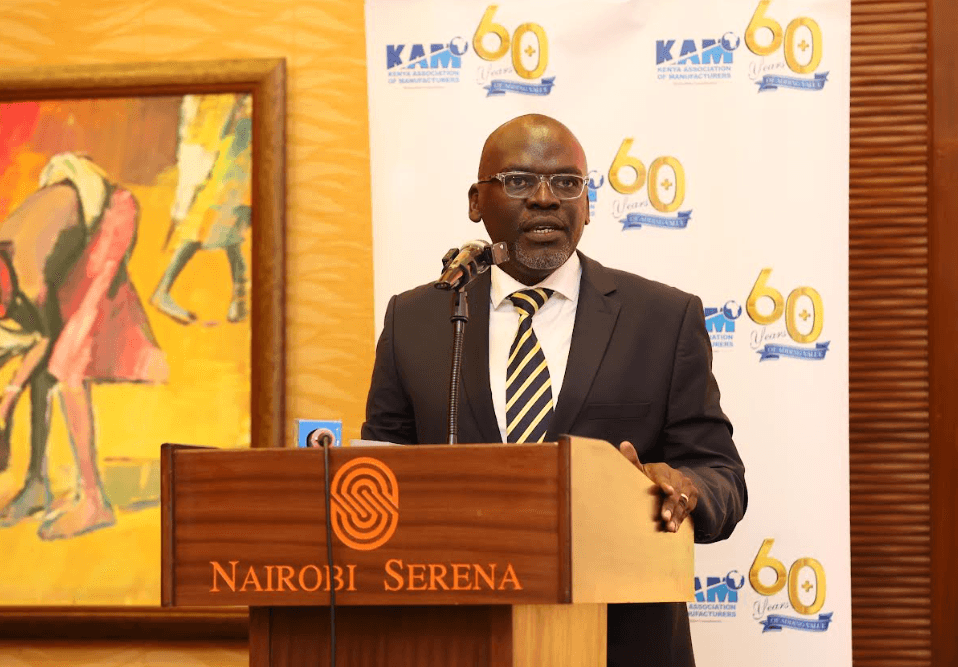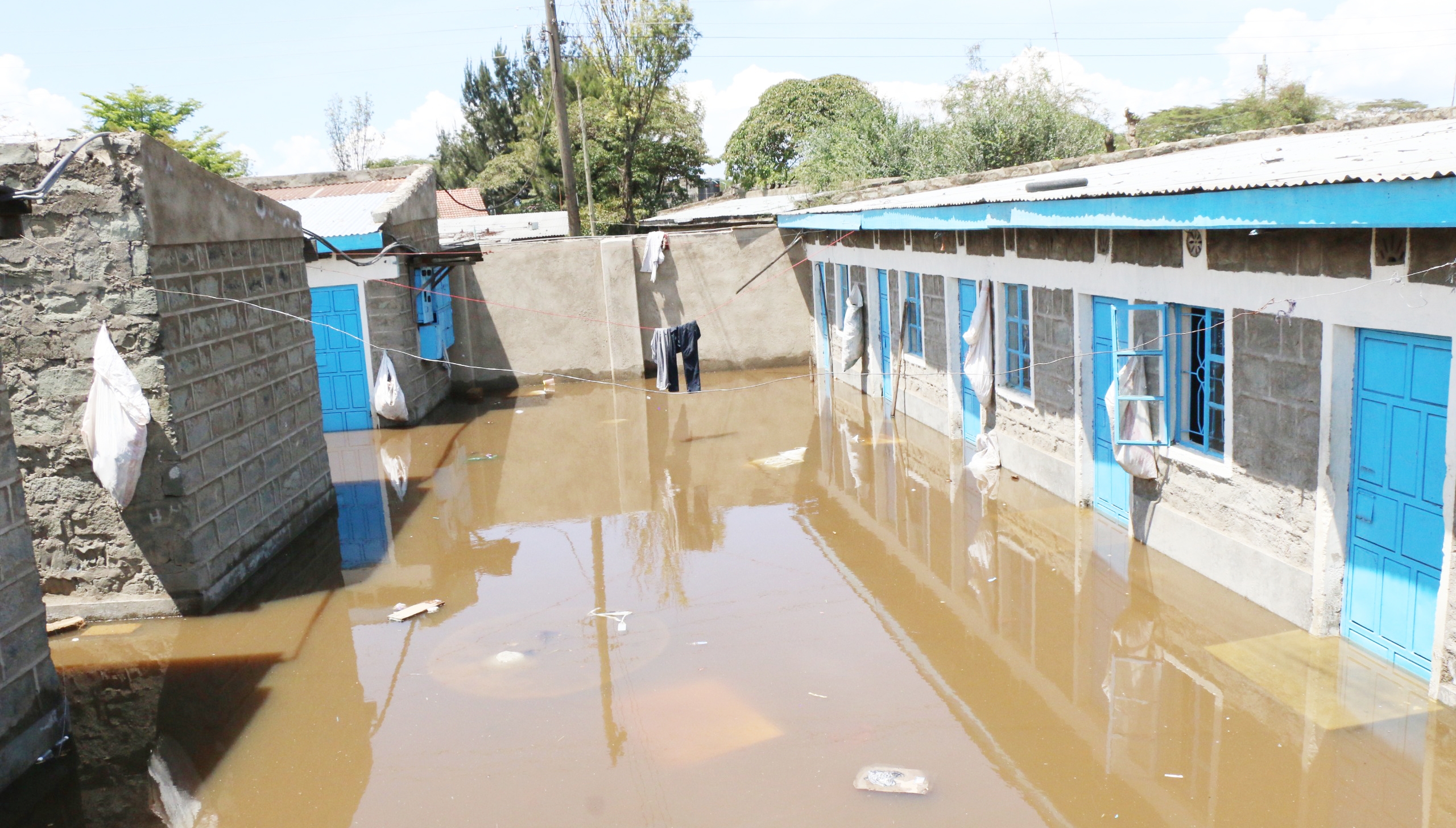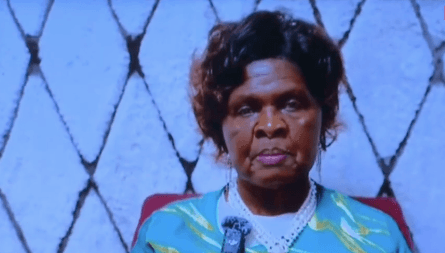
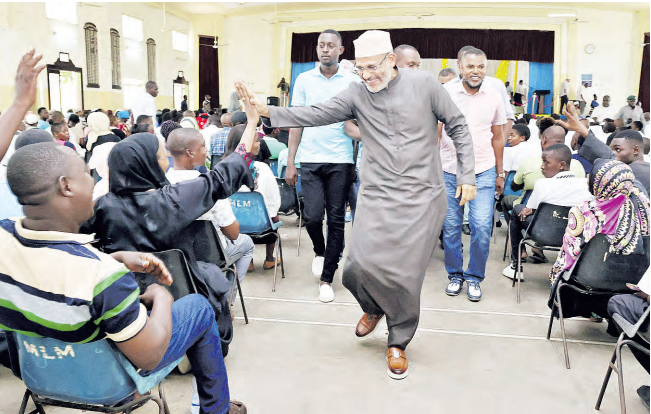
Mombasa Governor Abdulswamad Nassir has rejected the proposed formula for revenue allocation by the Commission on Revenue Allocation.
In the formula to be used from the 2025-26 Financial Year, that now awaits the approval of Parliament, CRA has fronted five parameters - down from the current eight - and varied their weights.
In the five parameters in revenue sharing, population has been allocated the biggest weight at 42 per cent up from 18 per cent.
But Nassir on Friday opposed the move, saying Mombasa will lose more than Sh250 million in the proposed formula.
Other urban counties would be negatively impacted, he added.
Kisii county, for instance, will lose Sh800 million.
“That is totally not the spirit of devolution. Devolution is not about glorifying poverty,” the county boss said, noting devolution is meant to ensure equity.
“There is no formula worse than the proposed one this time. You cannot tell me that because I have built hospitals, schools and other amenities, I will receive less funds supposedly because there is no need for more hospitals or schools. What that means is that every single leader will want to live in poverty so they can receive more money,” he said.
The schools and hospitals built will need more funds to equip them for effectiveness and efficiency, he added, otherwise it would be a waste of funds and amenities.
Mombasa has a population of about 1.2 million people, but those who used the county’s health facilities in 2023 are more than 1.9 million, with about 700,000 of these coming from other counties.
Using the population matrix to determine Mombasa’s revenue allocation will be flawed, he said, while urging the Senate to “see the sense” and reject the proposal.
“It means our population in Mombasa during the day is more than that during the night,” he said.
Nassir said Mombasa is ranked third in contribution to the country’s Gross Domestic Product, and his plan is to jump to second position.
“You cannot tell me that every time I work hard to contribute more to the country’s economy, our allocation is lessened. That is ethically wrong,” he said.
“The difference between us and Nairobi is that Nairobi is the Capital but our aim is to have our economic index increase."
The governor said he would hold talks with other leaders and lawmakers from the Coast to reject the formula, which has been likened to the controversial one-man-one shilling proposal by leaders from the Central region last year.
Constitutionally, the CRA changes the formula with which they propose revenue sharing among counties after every five years.
He spoke at the Lohana Hall where he issued scholarship cheques for 300 top-performing students.
CRA chair Mary Chebukati said the proposed formula is based on two objectives, including sharing revenues equitably to facilitate service delivery and to address economic disparities and promote development among county governments.
Geographical size has been given a weight of nine per cent, up from the current eight.
This means if the allocation to counties remains at Sh387.42 billion, as is in the current financial year, counties with a large landmass such as Turkana, Mandera Wajir and Garissa will lose a substantial chunk of their allocation.
To address this, CRA proposed that allocation be increased to Sh417.42 billion to ensure none gets less than what they received in the current financial year.
“In implementing the Fourth Basis, a cushioning and stabilisation factor has been inbuilt in the framework to ensure no county government will get less than what they were allocated in the Financial Year 2024-25,” Chebukati said.
Already, leaders from North Eastern have rejected the formula, saying
marginalised areas will suffer more.






